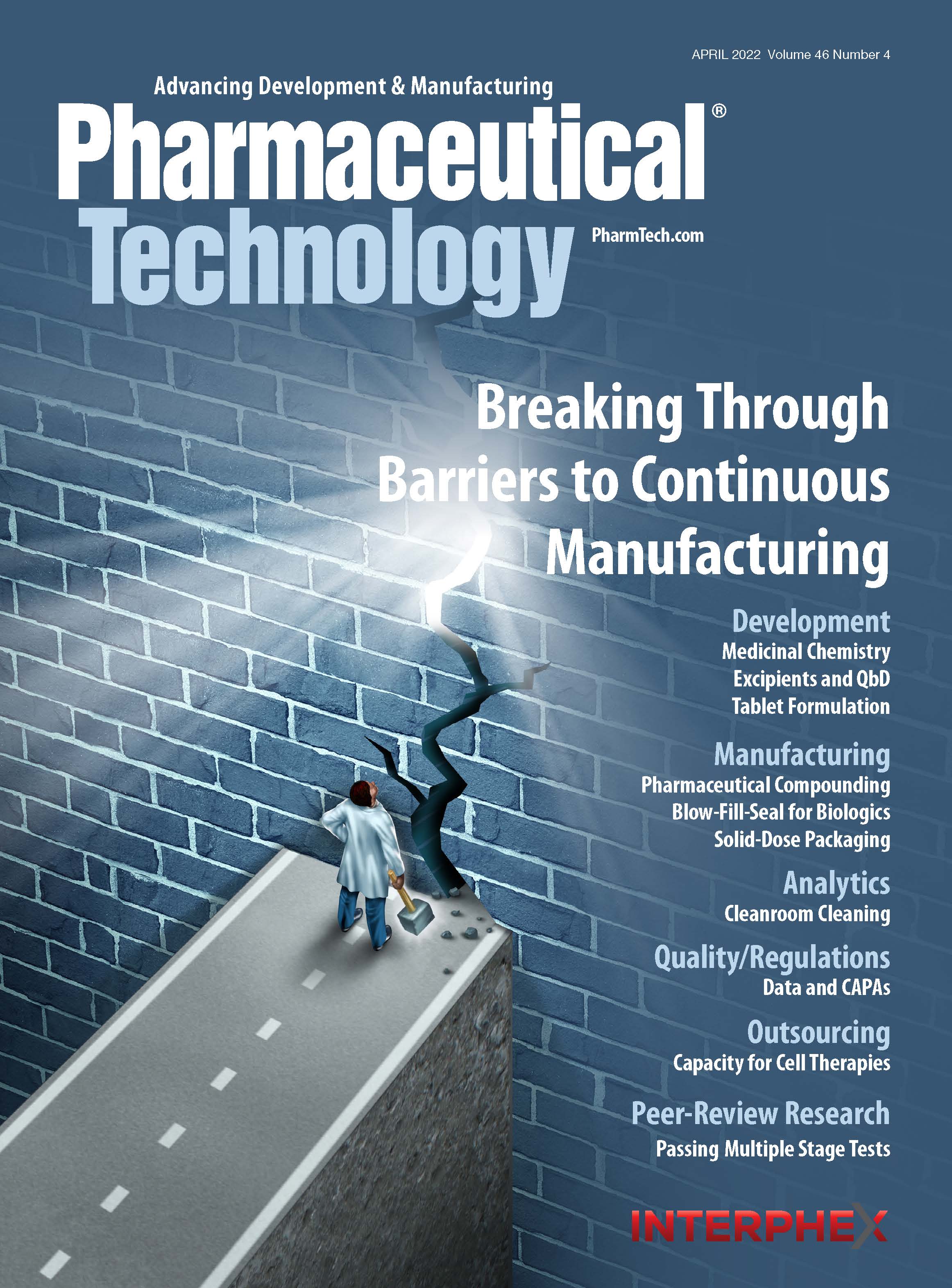Expanding Viral Vector Manufacturing
Pharmaceutical Technology spoke with Colleen Floreck, vice president, Global Marketing and Strategy, Catalent Cell and Gene Therapy about the specific requirements and challenges for expanding production of viral vectors.
Pharmaceutical Technology spoke with Colleen Floreck, vice president, Global Marketing and Strategy, Catalent Cell and Gene Therapy about the specific requirements and challenges for expanding production of viral vectors.
PharmTech: What were the main drivers for the manufacturing expansion?
Floreck (Catalent): The gene therapy market has continued to grow at a high rate, with almost 100 new companies and over 900 assets in the pipeline in 2021.With this continued growth of gene and cell therapies, comes an increase in the demand for viral vectors and full-scale production capabilities so that companies can fast-track their molecule(s) to the clinic.
As viral vector-based therapies expand into indications with larger populations with higher incidence, for example hemophilia, and systemic administrations as opposed to localized (such as for the eye), the need for larger batch sizes is growing.Catalent has seen increased demand both from companies with no in-house manufacturing capacity, as well as Big Pharma and others that need back-up or secondary suppliers. To help address the increasing need for manufacturing capacity across the viral vector market, including viral vaccine and oncolytic virus assets, and to continue to grow with our customers’ futures in mind, Catalent has made strategic and aggressive investments in manufacturing technology and capacity.
In anticipation of market demand, Catalent secured extra space at its Harmans, Maryland commercial campus to add further suites to the network, while capitalizing on its local, established process development, quality, and regulatory teams. Additionally, learnings from previous production at the first commercial facility at the campus allowed the creation of an innovative layout to maximize and optimize the space. This new capacity will allow Catalent to be more flexible and able to rapidly pivot for customers.
PharmTech: Are there any other bottlenecks/supply-chain constraints affecting this part of manufacturing?
Floreck (Catalent): There are several bottlenecks that affect viral vector manufacturing, some of which are not exclusive to the cell and gene industry. For viral vector-based therapies, plasmid DNA (pDNA) is a critical raw material required for production, and often has long lead times (up to 12 months). With only a limited number of vendors offering GMP [good manufacturing practice]-grade material, this can affect their overall timeline.
Additionally, the single-use bioreactors used in the manufacturing process require consumables such as bags, which are used by more than just the cell and gene therapy industry. Each vendor’s bioreactor uses a specific bag configuration, so priority for the bags between viral vector manufacturers and those producing COVID vaccines can sometimes be challenging.
Another source of bottleneck can be analytical testing; as many analytical tests are outsourced to CROs [contract research organizations], some viral vector manufacturers are reliant on the timelines, and throughput of the CRO for their results and delays in results can impact manufacturing schedules.
PharmTech: What are the biggest challenges for this type of manufacturing?
Floreck (Catalent): Adeno-associated virus (AAV) manufacturing faces many challenges including low vector yields, purification to separate empty and full capsids, and highly technical raw materials such as pDNA.
Catalent is committed to continuous improvement to help assure quality, de-risk processes and avoid CMC [chemistry, manufacturing, and controls] issues. This necessitates consistent incorporation of our learnings, combined with the latest developments in CGMP manufacturing into our new and existing facilities and operations. By applying the expertise we have gained from the past three years of operating our flagship gene therapy commercial facility, we are now able implement a design layout with state-of-the-art technologies and systems in our expansion that are innovative, efficient, and provide flexibility for our customers.
Seamlessly combining plasmid manufacturing with our cell and gene therapy services helps to remove waiting on third-party timelines, offers customers better control of raw material availability, and allows for simplified transfer into viral vector manufacturing, as well as easier/streamlined planning and control of manufacturing timelines.
PharmTech: Are there any other key technologies/innovations for ‘state-of-the-art’ viral vector manufacturing (e.g., single use systems, automation)?
Floreck (Catalent): The implementation of single-use systems in viral vector manufacturing provides many benefits including using lesser amounts of natural resources, such as water and power. Adherent and suspension-based systems are available and in use for viral vector manufacturing. Converting from adherent to suspension-based processes allows for scaling-up, rather than scaling-out, and removes the need for animal-based materials. Single-use systems can allow for standardization of manufacturing, which can, in turn, help meet aggressive and expedited timelines and potentially reduce manufacturing costs to better address the large therapy costs facing patients.
Innovative solutions to address purity, automate testing, or provide higher throughput can also help alleviate some of the manufacturing obstacles. Improvements in transfection reagents and the development of scalable, robust, easily transfected clonal cell lines can help produce high viral vector titers, while new affinity resins, especially those that are re-usable, can help address the empty versus full particle challenge. High-throughput analytical systems, including those that use new technologies to evaluate critical quality attributes, will again help to manufacture safer and more effective therapies.
About the author
Jennifer Markarian is manufacturing editor for Pharmaceutical Technology.
Article details
Pharmaceutical Technology
Volume 46, Number 4
April 2022
Page: 56
Citation
When referring to this article, please cite it as J. Markarian, “Expanding Viral Vector Manufacturing,” Pharmaceutical Technology 46 (4) (2022).

2 Commerce Drive
Cranbury, NJ 08512
All rights reserved.